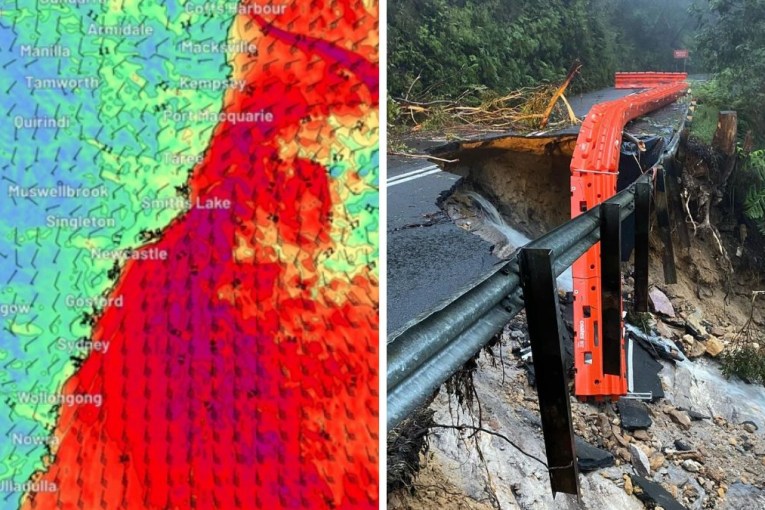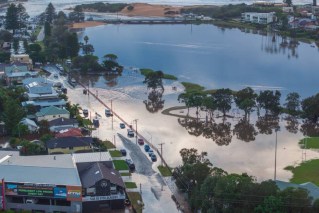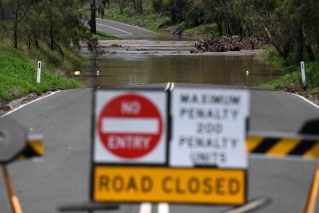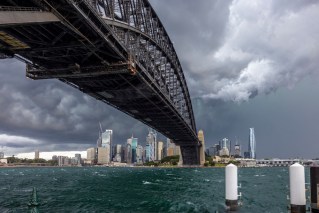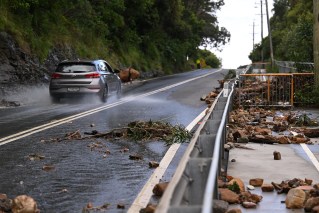Climate changing too fast to predict ‘Godzilla’ drought
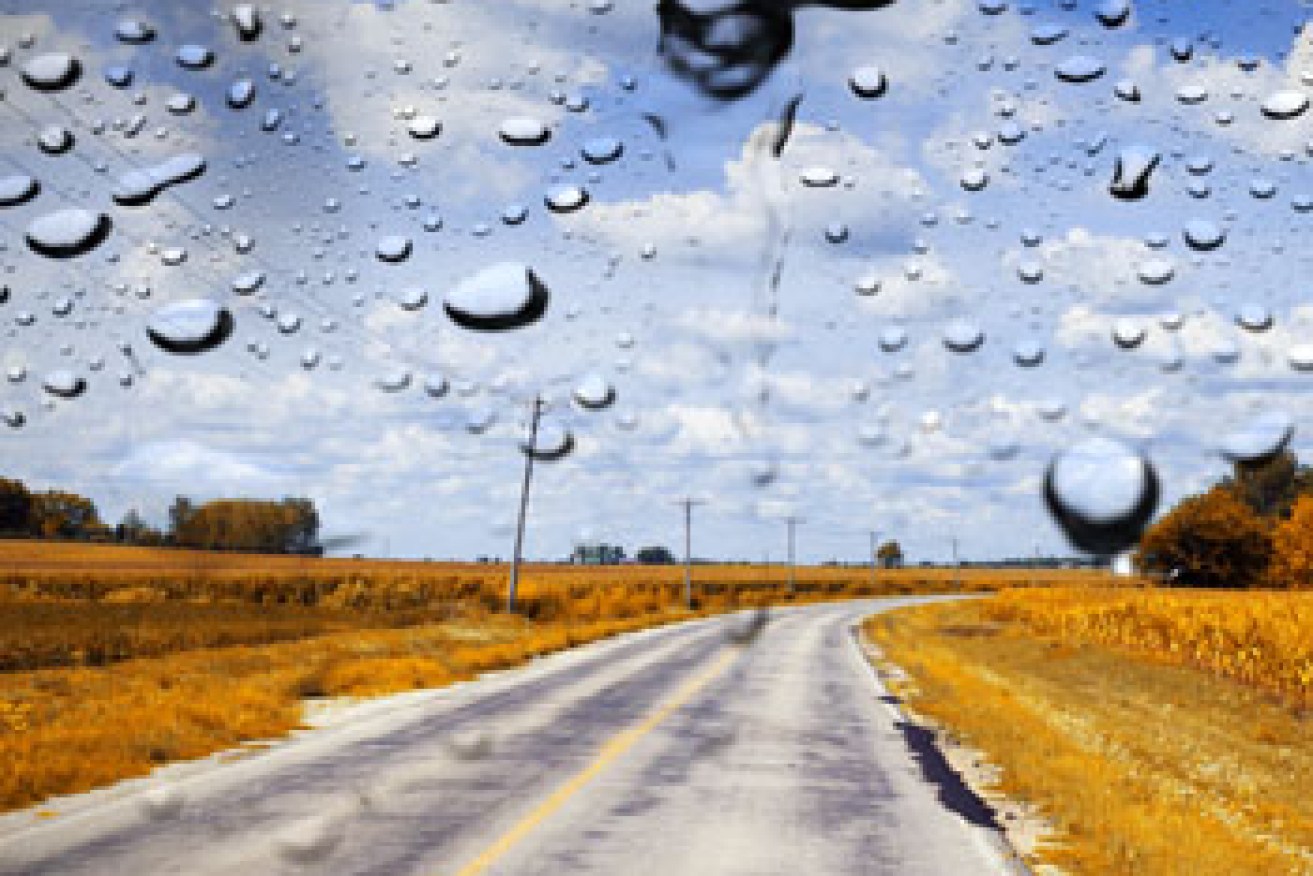
Shutterstock
A huge El Nino is predicted for this Australian summer, but one scientist says the rapid pace that climate change is making means existing weather models simply won’t be able to predict what the future holds.
Published in Nature Climate Change, the study predicted more El Nino-related catastrophic weather events unless greenhouse gas emissions were sharply reduced.
El Nino is the term used to describe a warming of oceans in the eastern Pacific that disrupts weather patterns and causes a corresponding cooling of the ocean in the western Pacific and around Northern Australia, resulting in extreme droughts in eastern Australia.
• New El Nino system for Australia
• 2014 was officially the hottest year on record
• On track for El Nino
The report comes on the back of predictions that Australia is this summer set to experience one of the strongest El Ninos ever recorded, ordinarily meaning an extremely hot and dry summer for south eastern Australia and the late arrival of monsoon season in the north.
However, Australian National University (ANU) climate scientist Bradley Opdyke says the Nature Climate Change study was not based on models designed to be predictive.
“I think they are drawing a long bow to come to the conclusions they have, to be honest,” he said.

Experts say extreme wet weather is on the way. Photo: Shutterstock
“You can’t use the previous data anymore, as the baseline is changing too quickly – last El Nino everyone was scratching their heads as to why the conditions (for south east Australia) weren’t dry.”
Dr Opdyke said that El Nino used to cause drought in eastern Australia because it created cold conditions in the tropical waters to the north, and that isn’t happening anymore as the waters were warmer than they used to be.
“Whenever we had monster El Ninos, the tropical waters became chilly first,” he said.
Dr Opdyke said climate scientists should not look to recent modelling for an idea of what would happen, but back more than 10,000 years ago to the last time conditions were like this.
“We have an analogous situation in the early Holocene when the water was warmer, and it actually meant it was pretty wet in the south east,” he said.

Parts of Australia can expect severe temperatures.
“I think we could see it get wetter rather than drier.”
CSIRO principal research scientist Wenju Cai, one of the climate scientists behind the paper in the Nature Climate Change journal, agreed that extreme wet weather was on the way, but not for the same reasons as Dr Opdyke.
He told the ABC the forecast El Nino would bring the hot dry conditions expected, but will be quickly followed by a La Nina in 2016, which traditionally means extreme wet weather.
“This kind of extreme El Nino event normally lasts until April, May, and then we will see the system switch to conditions that are developing towards a La Nina in, say, next June, July, August,” he said.
He said the study he worked on found powerful El Nino and La Nina events will happen more often.
“What really was not good news for Australia was that for the increase in the La Nina events, most of it will occur in the year after an extreme El Nino event,” he said.
“So under climate change, according to climate models, we are going to see this higher frequency of switching from El Nino to La Nina, one extreme to the opposite extreme, from one year to the next.”
An El Nino that lasted over the summer of 1982-83 saw a prolonged period of dry conditions that culminated in the Ash Wednesday bushfires, and was subsequently followed by floods in 1984 during La Nina.
La Nina conditions in 2011 were widely held responsible for the devastating floods in Queensland.
